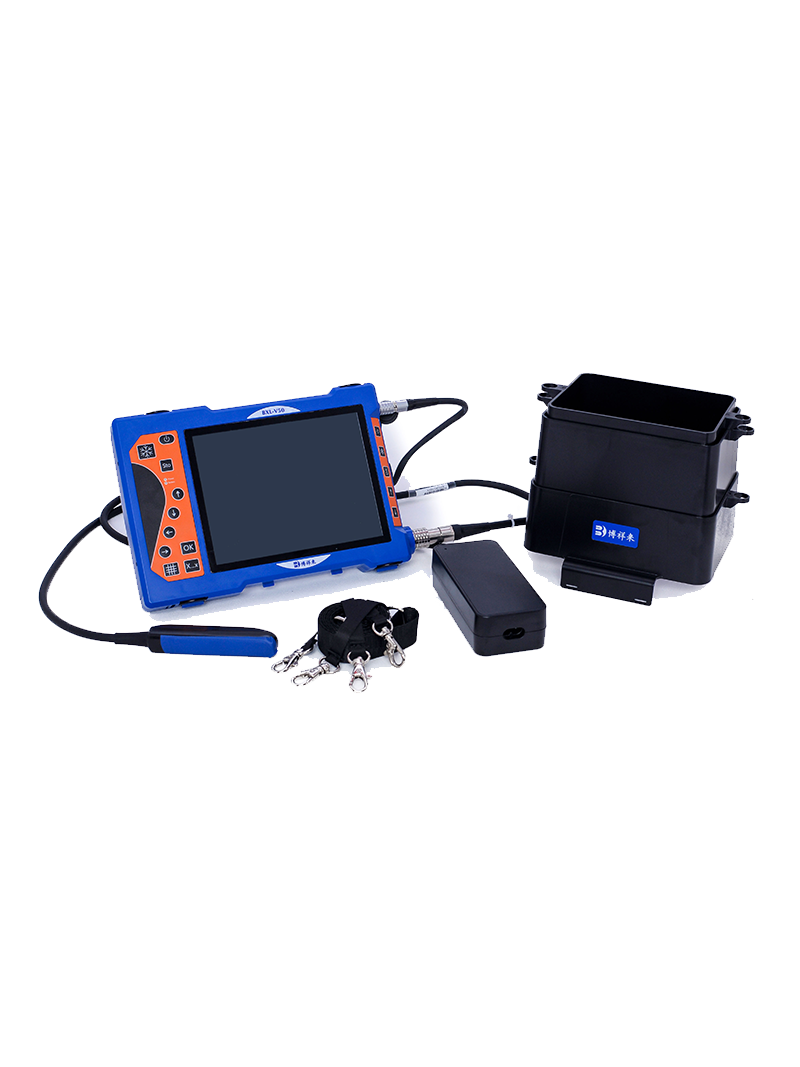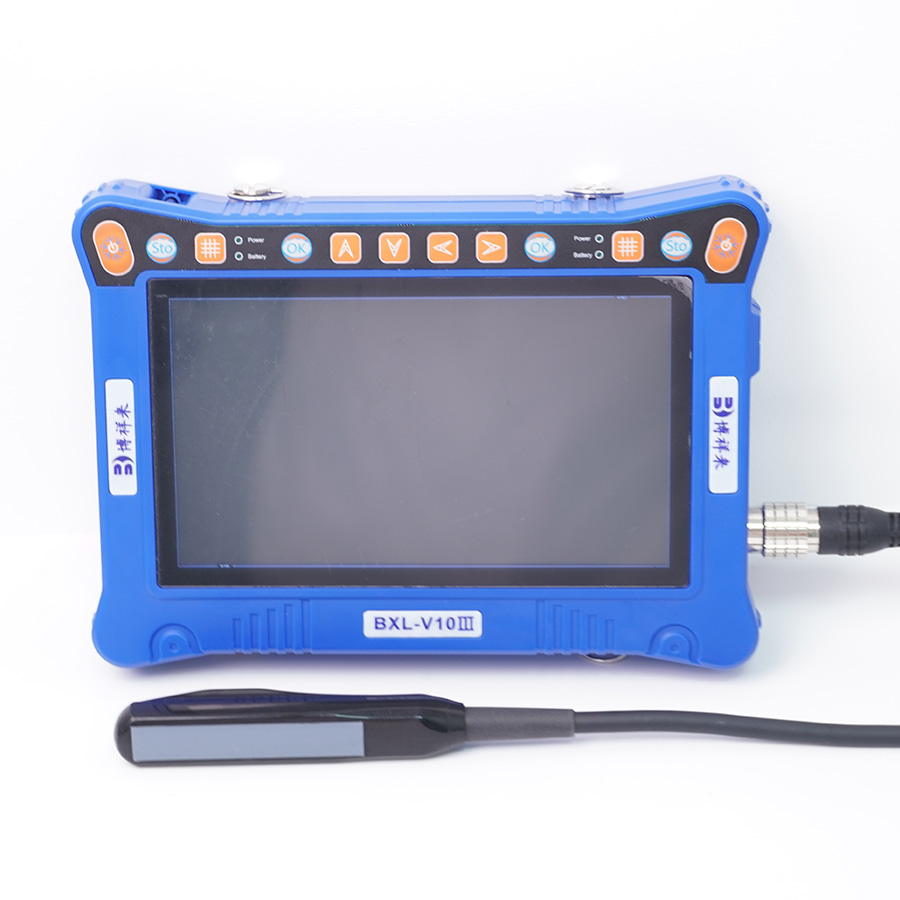Animal husbandry, the practice of breeding and raising livestock, has seen significant advancements through the adoption of innovative technologies. Among these, the BXL Veterinary ultrasound has emerged as a transformative tool, enabling precise health monitoring and disease prevention. This article explores the applications, benefits, and considerations of using BXL veterinary ultrasound in animal husbandry.

What is BXL

?
BXL veterinary ultrasound is a state-of-the-art imaging device specifically designed for use in veterinary medicine. By utilizing high-frequency sound waves, it generates real-time, detailed images of internal structures such as organs, tissues, and blood flow. Its non-invasive and radiation-free design makes it an essential tool for various applications in animal husbandry.
Applications of BXL Veterinary Ultrasound in Animal Husbandry
1. Reproductive Management
Reproductive health plays a central role in animal husbandry, and BXL veterinary ultrasound is a game-changer in this domain. It facilitates:
Pregnancy Detection: Early identification of pregnancies to optimize breeding schedules and resource allocation.
Fertility Assessment: Evaluation of reproductive organs to enhance breeding efficiency.
Fetal Health Monitoring: Continuous monitoring of fetal development to prevent complications.
2. Health Monitoring and Disease Prevention
The early detection of diseases is crucial for maintaining the productivity and well-being of livestock. The BXL veterinary ultrasound helps in:
Diagnosing Internal Conditions: Identifying issues in the liver, kidneys, heart, and other vital organs.
Gastrointestinal Health: Detecting digestive blockages or abnormalities.
Respiratory Health: Assessing lung function to identify infections or fluid accumulation.
3. Injury Assessment and Recovery
Injuries are common in livestock due to accidents or environmental factors. The BXL veterinary ultrasound provides:
Detailed Injury Analysis: Evaluation of muscle tears, ligament damage, or fractures.
Recovery Monitoring: Tracking the healing process to ensure timely recovery and minimize disruptions to operations.
4. Productivity Optimization
Routine use of BXL veterinary ultrasound enables better herd management by ensuring:
Regular Health Checks: Early detection of potential health issues across the herd.
Reduced Disease Spread: Timely isolation of infected animals to prevent outbreaks.
Improved Overall Productivity: Enhanced health translates to better yields in milk, meat, and other livestock products.
Benefits of Using BXL Veterinary Ultrasound in Animal Husbandry
1. Enhanced Accuracy
The detailed imaging provided by the BXL ultrasound allows for precise diagnoses, reducing errors and ensuring targeted treatments.
2. Cost-Effective Livestock Management
Early diagnosis and prevention of diseases minimize veterinary costs and reduce losses, making the ultrasound a cost-effective investment.
3. Safe and Non-Invasive
BXL ultrasound is non-invasive and stress-free for animals, ensuring their comfort during health checks.
4. Real-Time Insights
The ability to view internal processes in real time enables quick decision-making, whether for routine care or emergencies.
Key Considerations for Animal Husbandry Practitioners
1. Training Requirements
Operating the BXL veterinary ultrasound requires proper training to interpret results accurately and maximize its utility.
2. Initial Investment
While the upfront cost may seem high, the long-term benefits of improved herd health and productivity justify the expenditure.
3. Regular Maintenance
Maintaining the device is essential for consistent performance and accurate imaging.
4. Collaboration with Veterinarians
Working with veterinary professionals ensures optimal use of the technology, especially in complex cases or large-scale operations.
tags: Veterinary Ultrasound


